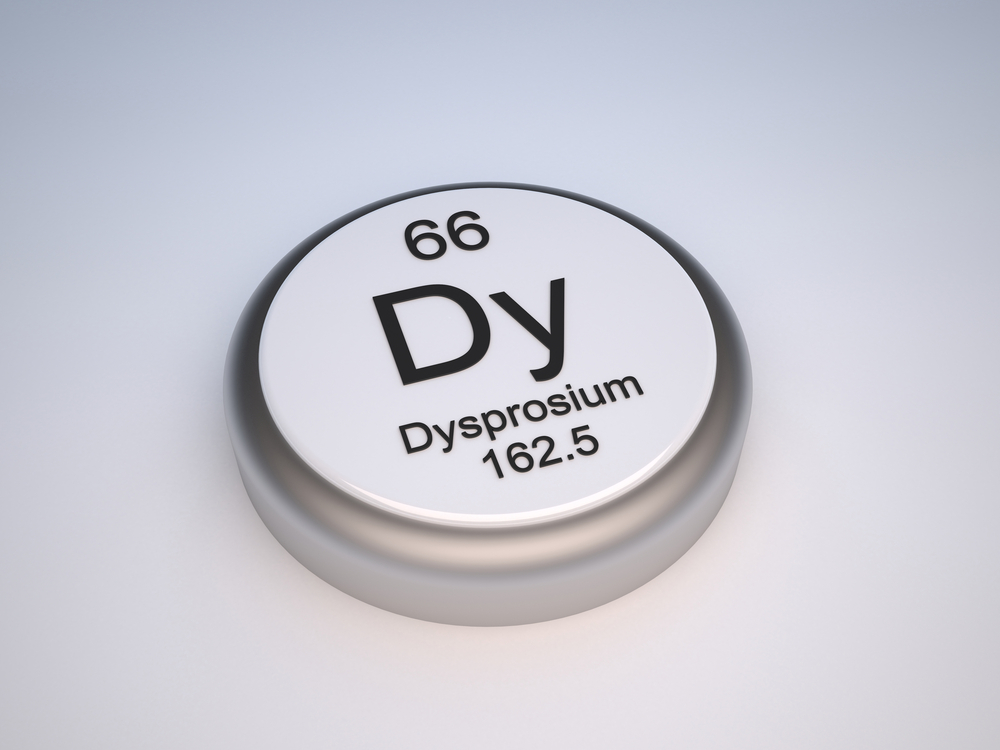
Rare earth elements (REEs) are not really that rare in the earth’s crust, but unlike copper, gold or zinc for example they tend not to occur in concentrations sufficient to justify mining. But this group of chemicals is increasingly in demand for use in specialist glass technologies, solar cells, catalytic converters and many other new applications including military ones.
Since the mid 1980s China has dominated the global supply of rare earths from its reserves in Mongolia and though the United States, India and southern Africa continue to produce significant quantities of the 17 elements under the REE Classification China now supplies well over 90 percent of world demand.
So a new discovery off the cost of Japan that has been described as containing astronomical concentrations of rare earths, especially the sought after heavier metals such as dysprosium, terbium, europium, and ytterbium, promises to radically swing the balance away from China. The deposits are accessible, just a few metres below the ocean bed, and could be extracted cheaply even at the considerable depth, around 5,70 metres, where they occur near the island of Minami-Torishima.
According to Professor Yasuhiro Kato of Tokyo University, the deposits appear to contain something like 220 times the annual demand from all of Japan’s industries – and would keep them supplied with dysprosium, used in lasers, magnets used in hybrid vehicles and high intensity lighting, for 400 years.
Japan is the world’s largest consumer of REEs and has long standing issues with China, accusing it of exercising a stranglehold on rare earth production and prices: if the new deposits can be confirmed and got into production this will do a lot to normalise the global trade in rare earths and make new technology commercially viable.
“China now supplies well over 90 percent of world demand”
“The deposits … would keep Japan supplied with dysprosium for 400 years”












